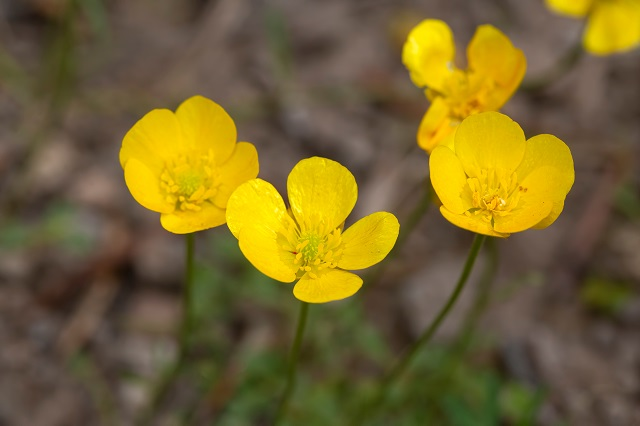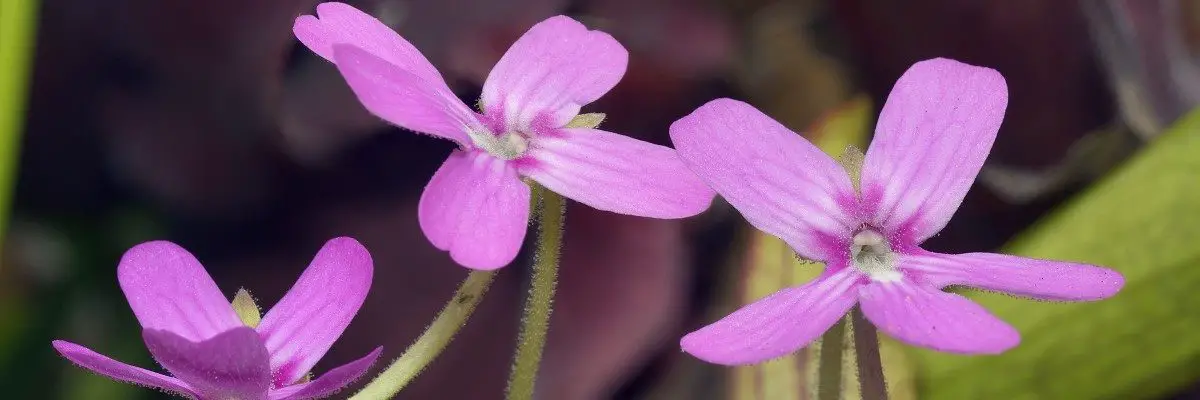When do Butterworts flower: A butterwort (a carnivorous plant) that is well established will flower throughout the spring. In parallel with this new flowering, the rosette bud will split into two new ones.
The flowers last for a long time and have five petals. A characteristic of this genus is its two lower lip petals. Depending on what species of butterwort plant, their flowers will come in several different colors.
The flowers of the Pinguicula lutea are a vibrant yellow color. As a result, bees find them attractive. It is quite easy for a bee to fit into the wider part of the flower of a Butterwort plant. In the center of the flower, there is a small point at the end called the spur, which contains a small droplet of nectar.
The Mexican butterwort is favored for its beautiful flowers. There are some species, such as Pinguicula moctezumae, that are capable of blooming at any time of the year. Hummingbirds are attracted to the flowers’ bright hues of pink, purple, red, and everything in between.

How long do butterwort flowers last?
The plant stays in bloom between May and July in the spring and early summer. It produces flowers that look like orchids and are held above the plant. Around three weeks is the average length of time that the flower lasts for most butterwort plants.
The flowers of butterworts are usually blue, purple, white, or violet color. In some cases, the variants might exhibit a yellowish or greenish tint. This is why these carnivorous plants can capture insects without any interference from anything else.
The Laueana butterwort produces a true red flower, and the P. agnata produces a striking blue one.

Do Butterworts go dormant?
Tropical and Mexican butterwort plants undergo a winter dormancy characterized by a change in their leaves, which go from carnivorous to tucked-in, succulent forms. With each species of Butterworts, the dormancy period can differ slightly, but it is typically similar to Venus flytraps.
Plants grow during spring and summer, and during fall, plants undergo dormancy. In contrast to traditional dormant plants, tropical butterworts do not shed their leaves or become shriveled when dormant.
They stop making carnivorous leaves and start producing non-carnivorous ones. The leaves are thin and are usually stacked on top of each other. The colors will differ depending on the pinguicula variant.
These leaves do nothing more than photosynthesis as there is very little food around like insects. The new gummy leaves start forming from the center of the leaf once spring arrives, preparing themselves to capture and eat potential prey as sustenance for the upcoming winter.
It is often the case that the leaves’ differences are small. Though, some species will have reddish-tinted foliage during the carnivorous stage and develop new green growth during the cooler part of the year to avoid wasting energy on digestive chemicals.


